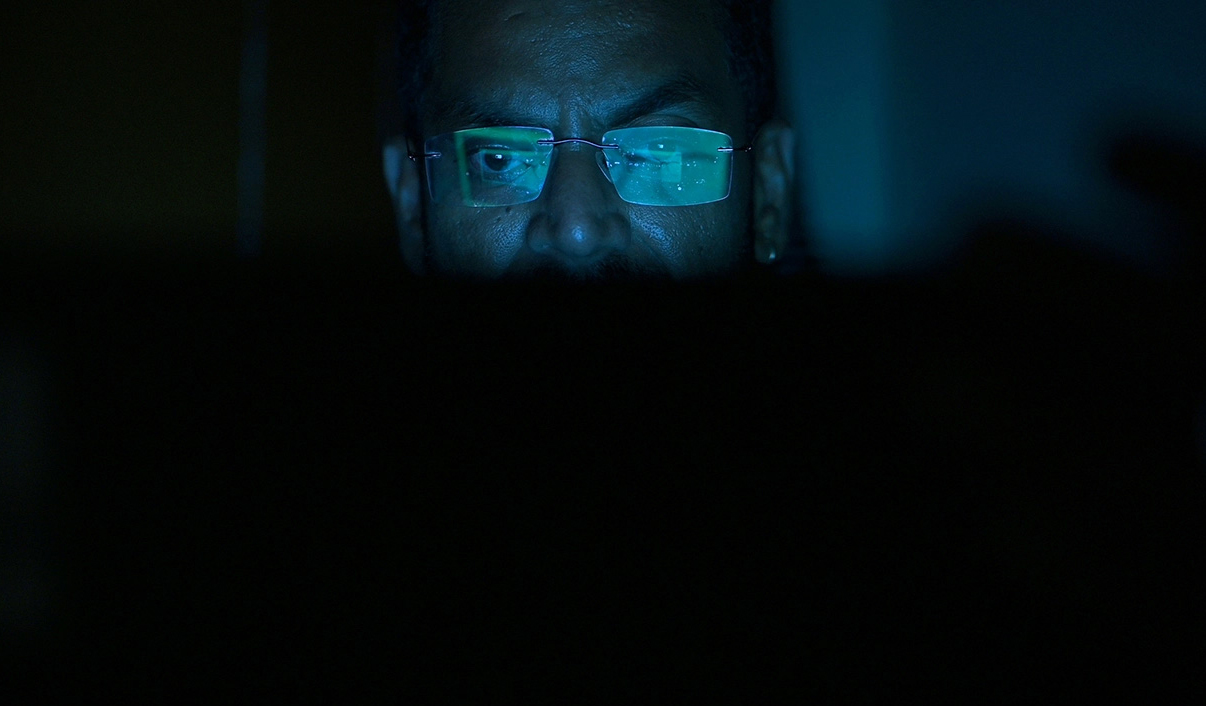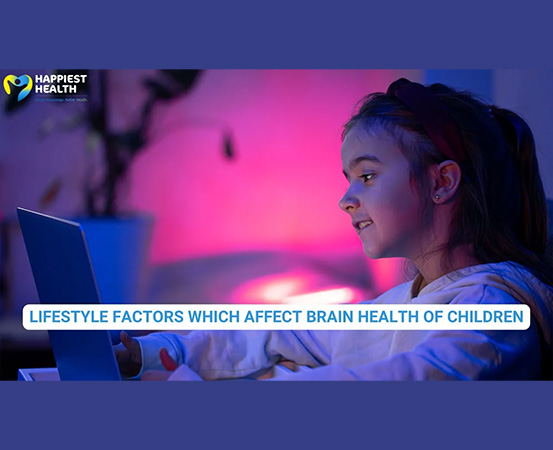
Soon after I started college, I realised that distant objects didn’t appear blurred because I was tired all the time but rather because I was short-sighted. This discovery led to the first of many visits to eyewear stores.
Each time I’m at a store, the optician asks me to choose blue-light-filter lenses which cost up to 60 per cent more than regular ones. Opticians claim that the blue light emitted from computer and phone screens is harmful to the eyes and can increase the risk of developing conditions such as cataracts, macular degeneration and even cancer.
If you wear glasses, this is likely to be a familiar experience. But is there any evidence that blue light is actually harmful? The short answer: no.
“There’s no evidence to show that these rays [blue light] cause eye strain or progression of power or abnormal growths or anything of that sort,” says Dr Sumitha Muthu, paediatric ophthalmologist at Narayana Nethralaya Eye Hospital, Bengaluru.
While cases of myopia or short-sightedness have indeed increased over the last 20 years, experts do not think blue-light has anything to do with it.
“There is not enough scientific evidence to show that blue light causes myopic progression,” says Dr Kim Ramasamy, chief medical officer, Aravind Eye Hospital, Madurai. “Today, the major problem of eye strain while using digital devices is because of people not blinking frequently and constant strain on the eye muscles to focus for the near [distance]. Also, due to less blinking, the lubricating fluid that is there in front of the eye is exposed for a long time leading to dryness, causing the strain in the eye.”
Despite the lack of evidence to back claims about blue light, eyewear companies continue to aggressively market blue-light-filter lenses for adults and children alike.
“Visual display devices harm the eyes because people must view them from a very close distance,” says Dr Muthu. “Constantly looking at something which is at a close distance causes eye strain. With minus-powered glasses, there is a risk of progression whenever there are near activities like usage of mobiles, tablets and computers. The more they are used, the greater the risk of progression, so the power of such people increases as they grow older. This effect cannot be evaded by wearing blue-light-filter lenses.”
But then it is nearly impossible to live a screen-free life today. So what is one supposed to do?
“We can take certain precautions like maintaining a good distance from the screen,” says Dr Muthu. “If looking at a mobile, maintaining a distance of about 14 to 16 inches is good. But if it’s a larger screen like a laptop or tablet, the distance should be increased to about 18 to 20 inches or even more, depending on the size of the screen. The further away the device, the better. The larger the screen, the more the distance should be between the device and you.”
Maintaining a good posture is another important way to protect your eyesight.
“When your posture keeps changing, your eyes have to adjust to whatever position you are in,” says Dr Muthu. “So, maintaining a good posture helps fuse the pictures from both the eyes more easily.”
If your work involves sitting in front of a screen all day, taking frequent breaks is a must.
“Whenever the eyes are looking at something that is far off, the eye muscles are completely relaxed,” says Dr Muthu. “Whereas, whenever we look at something nearby, certain eye muscles have to function to help us focus. If you’re continuously watching these devices or reading, these muscles are under a state of stress. To avoid them getting overworked or tired, what you can do is every 20 minutes or half hour, take a break for either 20 seconds or a minute. Simplify it as a 20-20-20 rule. Every 20 minutes, look at something that’s 20 feet away for about 20 seconds. This ensures that those muscles get some time to relax.”
Shortcuts don’t usually work in life. Similarly, paying 50 to 60 per extra for blue-light-filter lenses is not a good way to protect your eyes. But taking certain precautions — such as maintaining the ideal distance between your eyes and the screen, good posture and taking frequent breaks from your phones and laptops — will definitely be better for your eyesight in the long run.


















2 Responses
Thank you for your feedback.
Very informative!